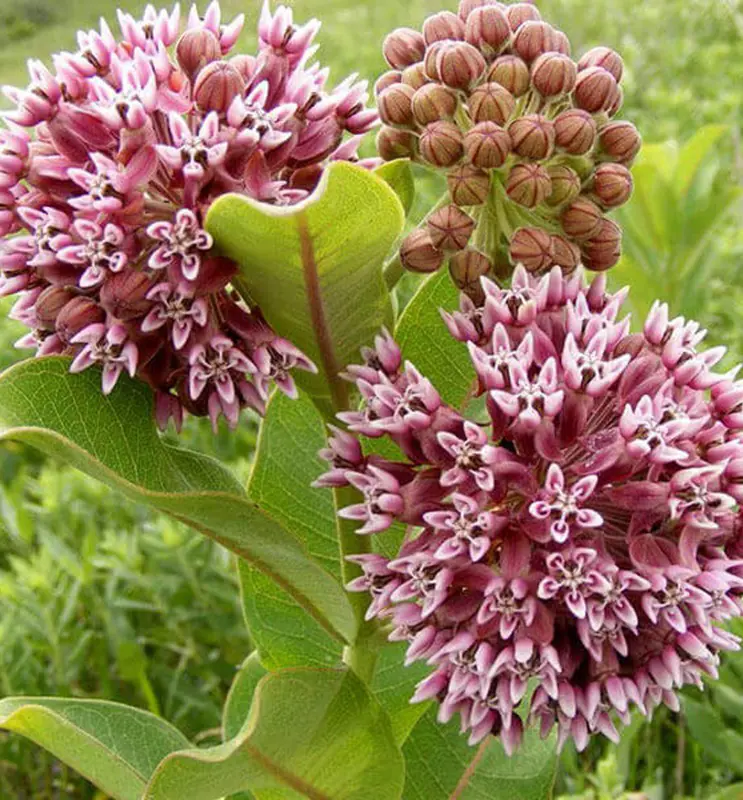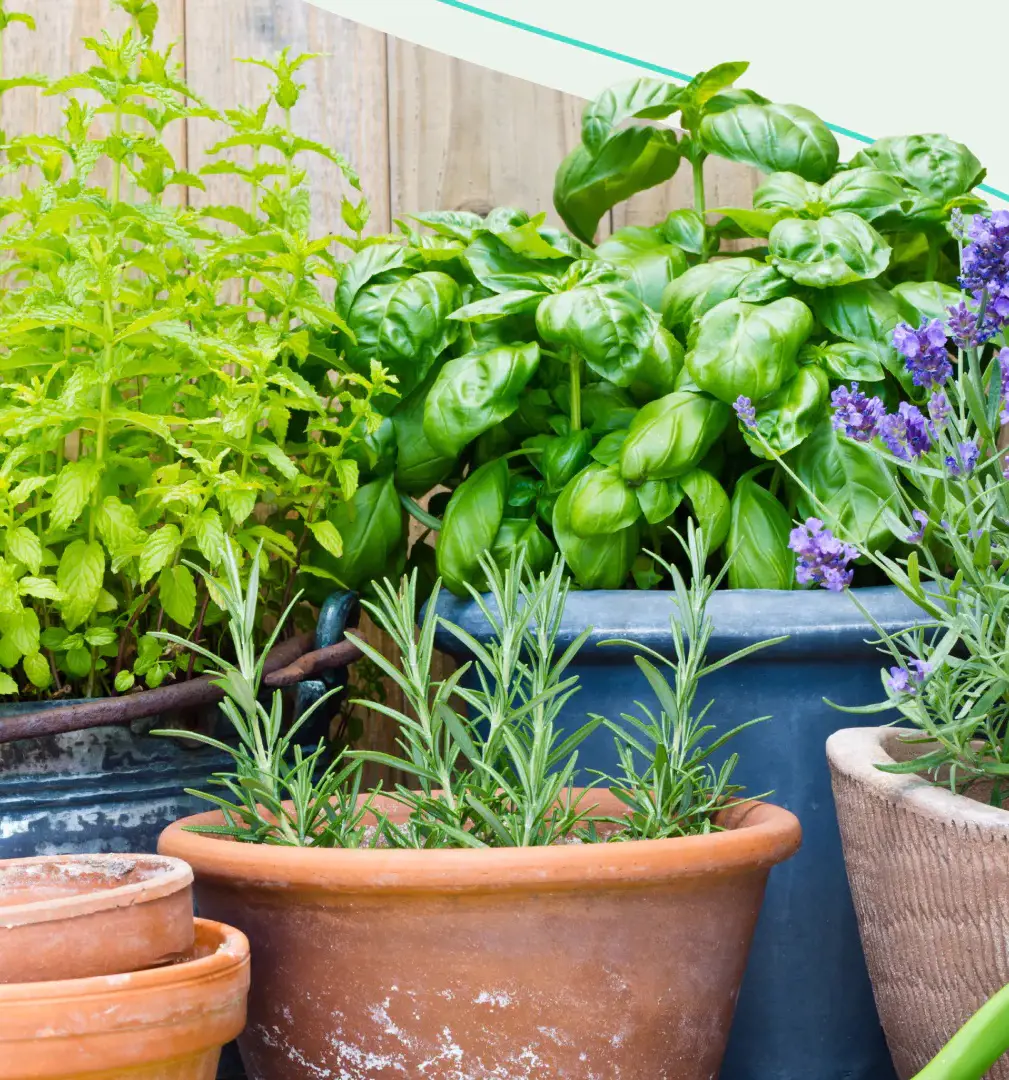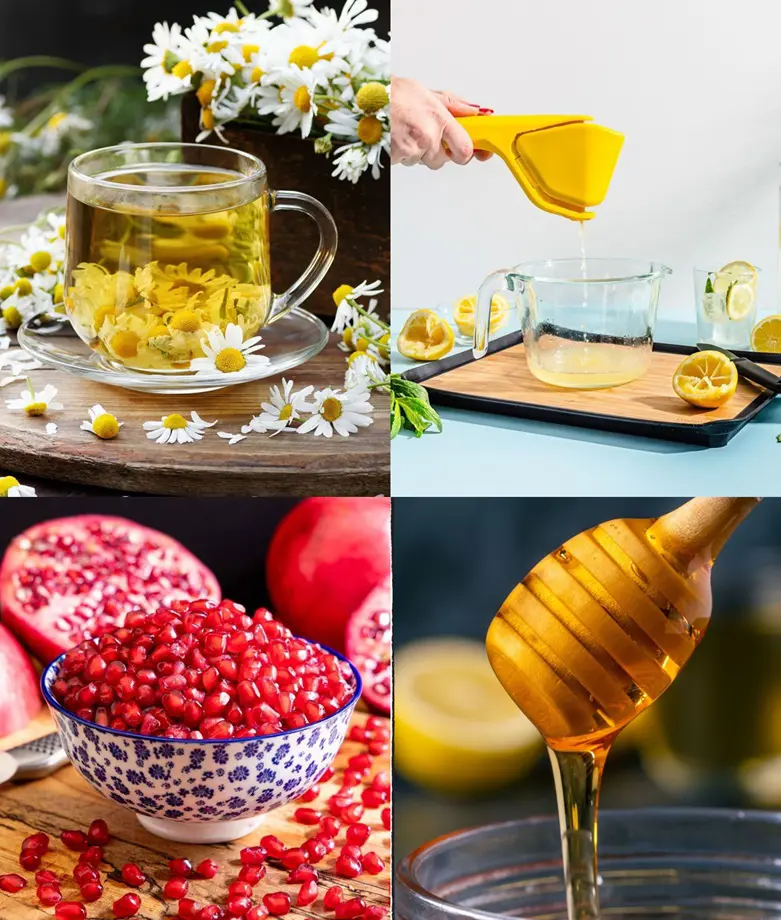When To Plant Vegetables – A Month By Month Calendar
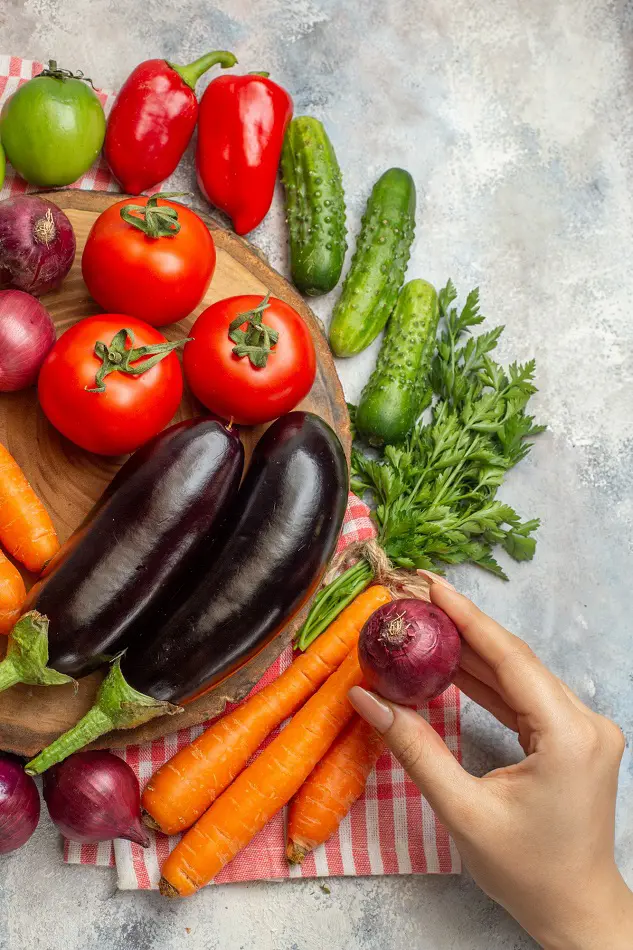
This post may contain affiliate links. If you make a purchase through links on our site, we may earn a commission.
Understanding when to plant vegetables is essential to successful gardening as timing alone can greatly affect the productivity and health of vegetables. A month-by-month planting calendar is useful because not every month is ideal for a specific produce.
In this article, we'll discuss the ideal time to plant different vegetables. This month-by-month planting schedule can be your gateway to enjoy bountiful harvests later.
1. Vegetables To Plant In January
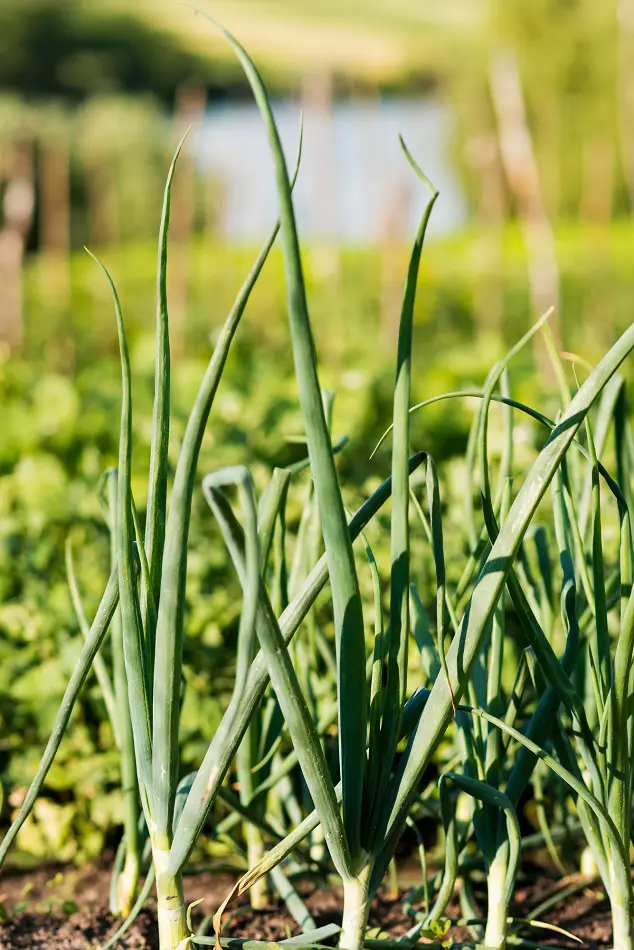
January is a slow month for planting vegetables, due to cold weather and frozen soil conditions. So, gardeners can start growing a variety of vegetables, particularly inside or in protected areas. Many vegetables like onions, cabbage, and potatoes can be grown indoors.
Onions: Late January is a good time to grow onion seeds indoors. Allow the onion to grow 5-6 inches long and cut off the top to make them 3 inches long. Repeat the process until transplanting strengthens the onion’s roots and overall health.
Broad Beans: You can plant broad beans in January in warm weather. Plant the seeds in a protected environment in a cold frame or in an unheated greenhouse by keeping the soil moist and providing proper light. After the height of the beans reaches 30 cm and the weather improves, move them outdoors. However, if you live in a colder climate, wait until late February or early March to plant them.
Potatoes: January is the ideal month to prepare potato seeds. Start the chatting process in a greenhouse or covered shade to germinate potato seeds, making planting easier and faster in mid-March.
Cabbage: Starting summer cabbage inside the greenhouse in January is a smart idea. In March or April, indoor plants can be moved outside and planted in the garden. It can be harvested after 60-90 days.
Other vegetables to consider planting or starting in January include:
- Fava beans (Indoors)
- Kohlrabi (seeds or transplants)
- Mustard (seeds or transplants)
2. Vegetables To Plant In February

Gardeners can grow different types of vegetables outside or in a protected environment this month. As February is a month of transition to spring, it is a good time to plan and prepare soil for planting.
To start, vegetables like tomatoes, peppers, broccoli, cauliflower, and broad beans can be sown in this month.
Tomatoes: Tomatoes can be grown in a warm place. Little tomato plants will be ready for their new outside home by the end of March.
Pepper: Pepper can be grown in a warm area in the temperature range of 65-75 ⁰F under the proper light. Transplant the younger pepper plant to the garden when there is no risk of frost.
Radish: There are remarkable health benefits of radish. Radish is an easy vegetable planted outdoors without any protection. They have a fast harvest time, making them a suitable vegetable for late spring planting or during the transitional period.
Other vegetables to plant during this time include:
- Eggplant (indoors)
- Fava beans (indoors)
3. Vegetables To Plant In March
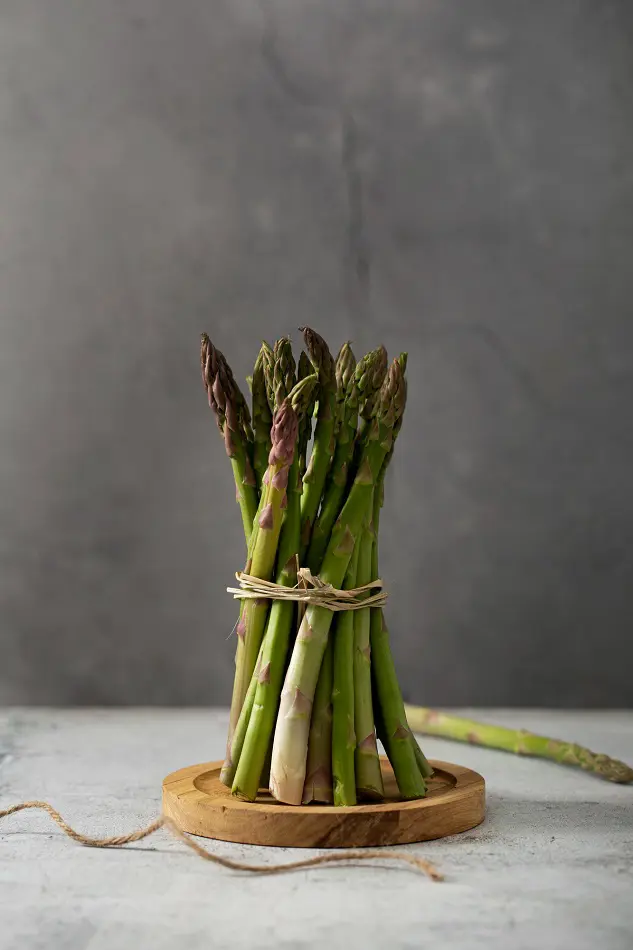
March is a great time to start outdoor planting as days start getting longer. As spring begins, this month is an excellent time to plant a variety of vegetables. After the temperature increases, indoor seedlings can also be transferred to outdoors.
Peas: Sow the pea seed in moist soil that is not waterlogged. As they grow, provide support with trellis and stakes. They are ready to pick when the pods are plump and green after 60-70 days.
Asparagus: This crisp and healthful vegetable is ready to be eaten outside in March. You don't need to care for asparagus inside of a greenhouse before planting them outside of your garden's planting beds.
Beetroot: Beetroot is another nutritious veggie that may be planted straight into the grounds in March despite the early spring's minor frost.
Other vegetables that can be started are:
- Onions (transplant outdoors)
- Parsnips (direct outdoors)
- Leeks (direct outdoors)
- Fava Beans (transplant outdoors)
- Pumpkin (start indoors)
- Cucumber (start indoors)
- Tomatoes (start indoors) (transplant outdoors)
4. Vegetables To Plant In April
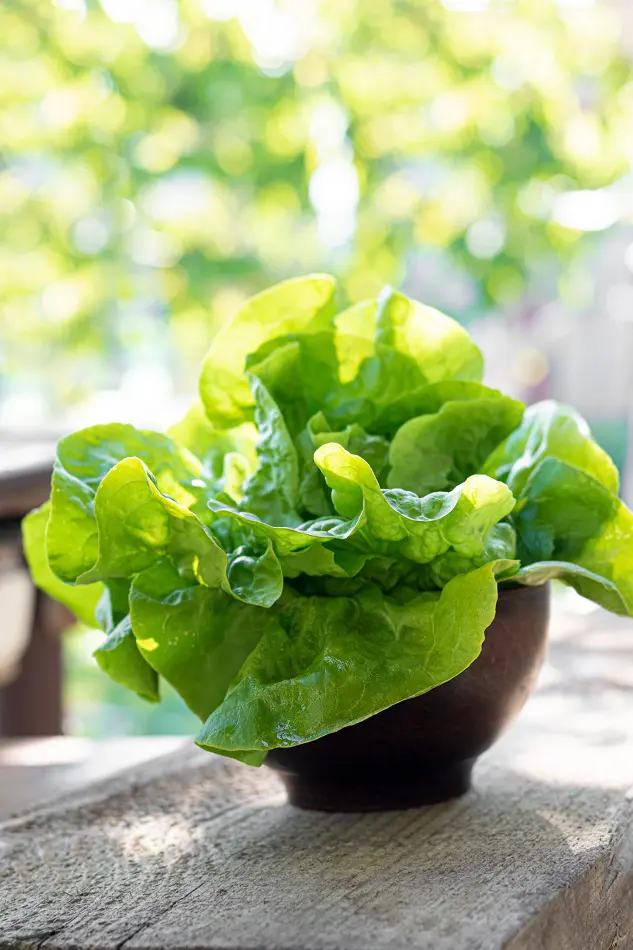
Gardeners can plant a wide range of vegetables in April because there is less chance of heatwaves. The temperature is moderate throughout the day and gets cooler at night, making the weather appropriate for different plants.
A variety of veggies can start to grow in April thanks to the warm temperatures, longer days, and dew from spring rains. You may plant vegetables that grow throughout the fall and winter by planting a combination of types that grow well in both warm and cool climates. Some vegetables like zucchini and sweetcorn, however, still prefer to be planted indoors in April.
Lettuce: Lettuce can be grown in April. Lettuce requires well-drainage, nutrient-rich soil, and compost manure for proper growing. After 4-6 weeks of planting the leaves will be larger and ready to harvest.
Broccoli: Broccoli also has the same requirement of environment and soil as lettuce. The plant thrives in cooler temperatures so harvest before the temperature gets warm. Generally, broccoli is harvested around 60-70 days. Moreover, if planted in April, you'll have a crispy leafy veggie ready for summer harvest to snack on.
Chard: In April, this green vegetable will grow better in a cool, sunny outdoor planting location. If it is planted properly, early-harvest chard will be ready to eat in a few months.
Other vegetables to sow directly on transplant in April are:
- Zucchini (Indoors)
- Sweetcorn (Indoors)
- Carrots (Outdoors)
- Cabbage (Outdoors)
- Cauliflower (Outdoors)
- Potatoes (Transplant Outdoors)
- Salad Greens (Outdoors)
5. Vegetables To Plant In May
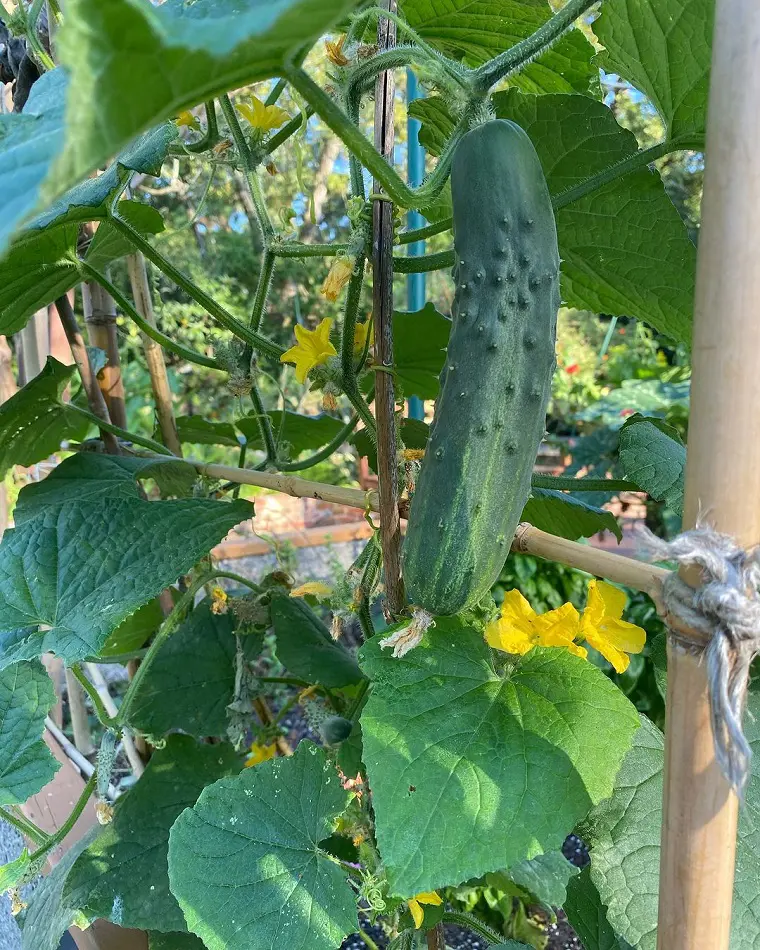
May is the best month for gardening. The month has warm temperatures and long days, creating ideal conditions for planting a variety of vegetables. It is one of the greatest seasons to plant a range of vegetables.
Cucumber: Cucumbers can grow best in the greenhouse as well as outside depending upon variety. Plant the cucumber seed in separate pots or multi-celled seed trays, and pot them on when the seedlings are big enough to handle. Pinch the tips with your hand when they contain 7-8 leaves after they grow, which boosts side shoots and growth crops.
Carrots: Carrots are the best and easiest crops to grow. Sow the seeds in moist soil and water them properly. Watering carrots regularly is helpful, and you can use balanced soil as a side dressing as they grow. Your carrots will grow to the right size, usually 60–80 days after planting, to ensure good flavor and texture.
Sweet corn: Sweetcorn should be planted in May to provide the plants plenty of time to develop and ripen. Sow indoors in multicellular trays for optimal results, and plant when plants are big enough to handle. To flourish, plants require adequate sunshine. After 60 to 90 days, with the right care, sweet corn can be harvested.
Beans: Bush and pole beans can be directly sown in May, setting the stage for a later summer and fall crop. Beans help fix nitrogen into the soil which will help the later crops to grow profoundly.
Other vegetables that prefer the warmth of May include,
- Basil (Outdoors)
- Peas (Outdoors)
- Cilantro (Outdoors)
- Pumpkins (Outdoors)
6. Vegetables To Plant In June
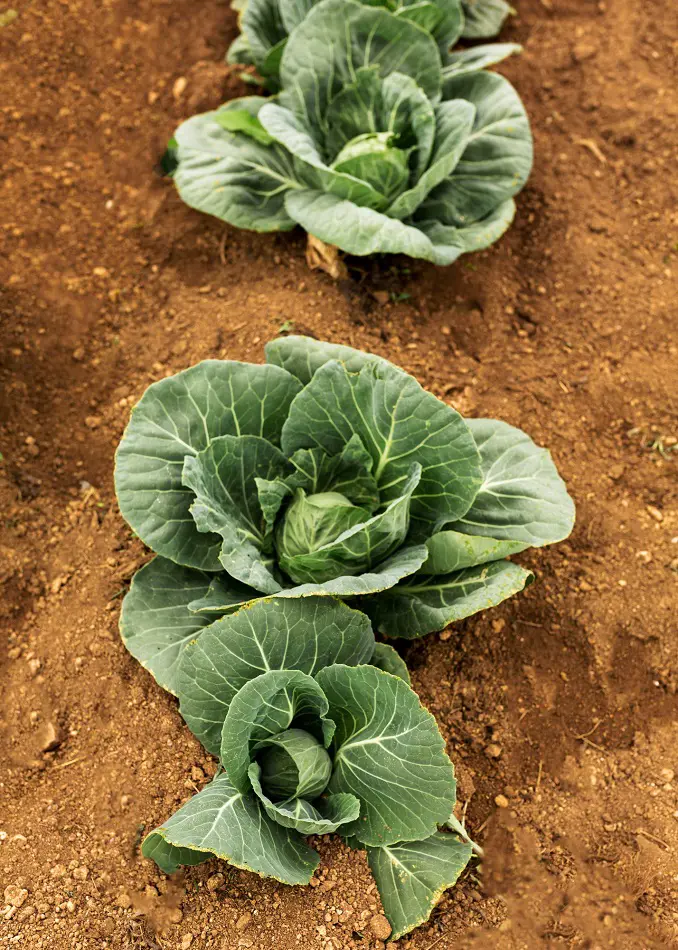
June is a month full of gardening opportunities as it's the start of summer and the time when many vegetables reach their peak growth. Various warm-season crops are best planted now, while the days are longer and the temperature is rising. Planting in this bright month will reward gardeners later in the season with a large crop.
Cabbage: There are many ways to grow cabbage. If you have planted the cabbage inside the house earlier, make sure the cabbage plants are strong before transplanting them into the garden. Pick the cabbage and remove the stem head after 60–100 days of planting. You will enjoy the rewards of a plentiful fall harvest of cabbage with the right care and attention.
Ladies finger: Ladies finger can thrive in warm winter where June is the perfect time. Sow seed in the soil that is a well-drained and sunny area. After planting in June, you can harvest in early autumn. To stimulate more production throughout the summer, keep collecting on a regular basis.
Tomatoes: June is a great time to plant tomatoes because there is a far lower chance of winter frosts, which can severely harm or even kill tomato plants. Tomato plants grow in early summer's warm soil and air temperatures, which aid in their rapid development of strong root systems.
Other vegetables that can be sown during this time of the year are:
- Radishes (Outdoors)
- Summer Squash (Outdoors)
- Peas (Outdoors)
- Scallions (Outdoors)
7. Vegetables To Plant In July
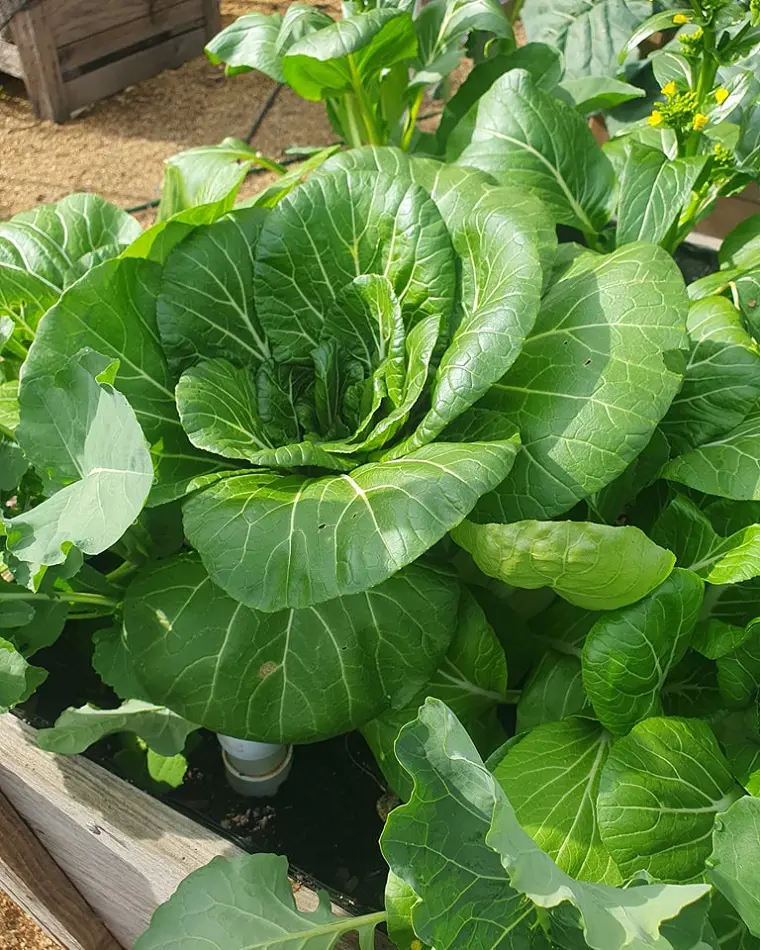
Gardeners should keep planting a range of crops in July to ensure a good summer and fall harvest. Although this season is also known for its high temperatures and burning sun, you should still go along and grow because many crops can withstand the heat just fine. July is a terrific time to get the most out of your vegetable garden by seeding carefully and on schedule. The following are some veggies to think about:
Pak Choi: It is the must-have plant in Asian cuisine. In the month of July, it is planted and harvested in late summer or early fall. This lush green vegetable, Pak choi, gives salads and stir-fries a distinct taste and crisp texture.
Perpetual Spinach: It is a green leafy vegetable that can be grown in multiple weathers. It remains productive in different seasons from summer to winter. Gardeners can begin picking leaves as early as 7 to 8 weeks after planting, with harvest continuing until the first frost of winter.
French Beans: French beans are the best vegetables to plant in July because of their compact nature and impressive productivity. These beans are especially suitable for small gardens or containers, requiring less space. Warm temperatures in July promote growth, allowing gardeners to enjoy a tender, flavorful bean harvest.
Other vegetables to sow or start in July include:
- Dwarf French beans (Outdoors)
- Winter Cabbages (Outdoors)
- Turnips (Outdoors)
- Lettuce (Outdoors)
8. Vegetables To Plant In August

Sowing different vegetables in August is one of the best ideas for gardeners. Different kinds of vegetables can thrive in cold weather in August. As the weather starts to cool, it’s a perfect time to plant different types of vegetables.
Spinach: Spinach is a cool-season crop that grows in late summer. There is a proper technique to grow more spinach. It can be ready to harvest after 40 days. Harvesting the outer leaves on a regular increases growth and provides multiple harvests during the fall.
Turnips: For proper growth, turnips require proper sunlight and fertile soil. This vegetable can be picked as young greens in a few weeks. It can be ready to eat in 6 to 10 weeks.
Kohlrabi: Kohlrabi requires a sunny and well drainage place for better growth. After sowing, the plants mature in 2 months and can be ready to harvest when the bulbs are like the size of a tennis ball. With the proper care, you can enjoy a tasty kohlrabi harvest in the fall.
By planting such kinds of vegetables in August, gardeners can take advantage of the benefits of warm soil and colder evenings to extend the growing season.
Other vegetables that can perfectly work with the climate offered by August include:
- Carrots (Outdoors)
- Oriental Leaves (Outdoors)
- Leeks (Outdoors)
- Parsley (Outdoors)
9. Vegetables To Plant In September
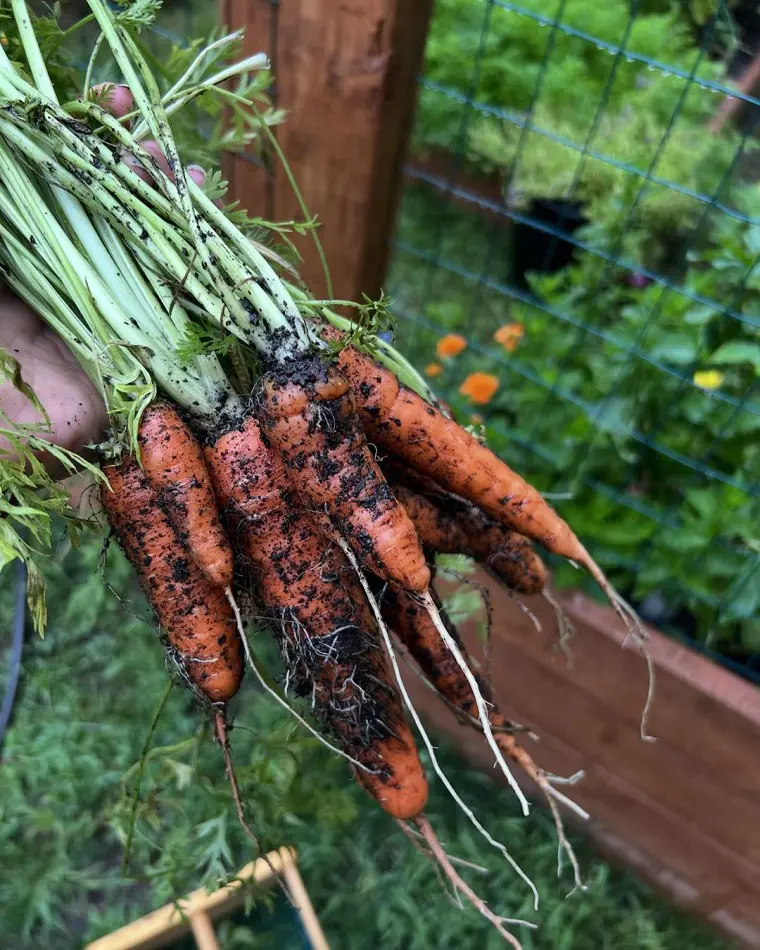
September is the beginning of fall when the weather is cool, making it the best time to plan for different fall plants. Planting vegetables in September can be a smart act as they grow very quickly in warm soil and cool temperatures.
Carrot: One healthy food item that is high in vitamin A is carrots. It makes our bones and teeth strong. The plant takes 12 to 15 days to germinate and can be consumed in 2 to 4 months. While it doesn't require much space to thrive, it needs enough sunlight along with fertile soil.
Onions: September is the ideal time for the plantation of onion plants. They required proper sunlight and fertile soil. The roots will begin to develop and hibernate in the cold season and grow as the temperature rises. It can be ready to harvest within 90-150 days.
Radish: These quick-growing, peppery root vegetables are perfect for September planting. They love the cooler weather, and you can expect a harvest of crunchy radishes in just a few weeks.
Other vegetables and herbs to consider planting during September are:
- Lamb’s lettuce (Outdoors)
- Winter Gem' lettuce (Outdoors)
- Mibuna (Outdoors)
- Mizuna (Outdoors)
10. Vegetables To Plant In October
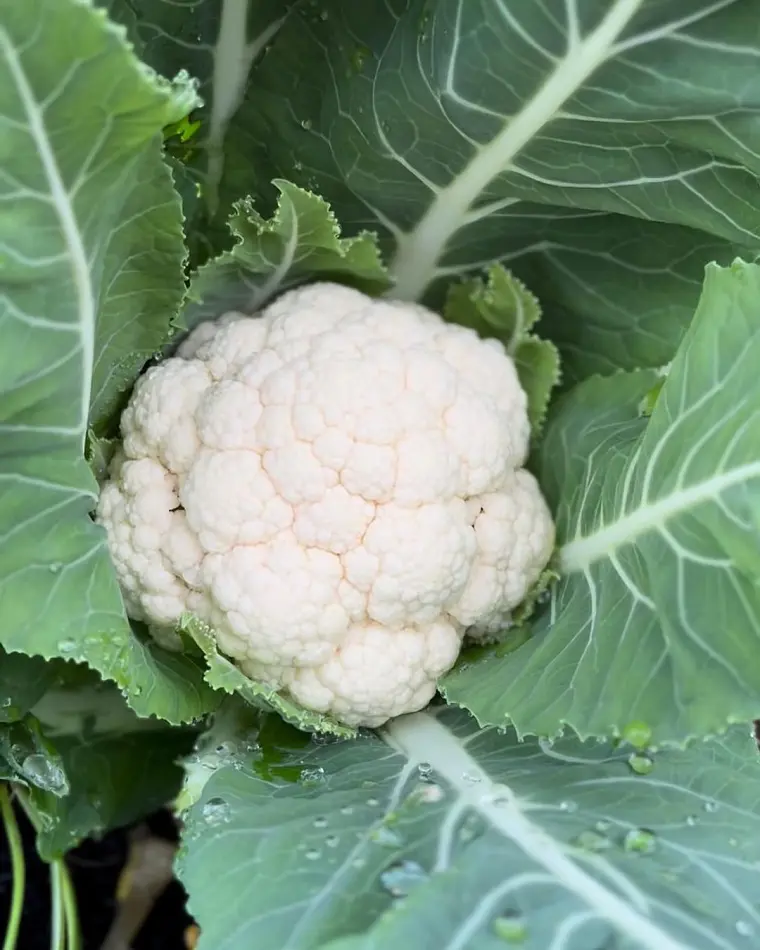
A gardener can plant a variety of vegetables this month. One can grow vegetables such as onions, cauliflower, broad beans, peas, and garlic. These options are best for early spring produce and are also adaptable to lower temperatures.
Garlic: Garlic is a popular vegetable that grows in sunny places and well-draining soil. It allows the bulbs to establish roots before the ground freezes. When the leaves turn brown, it is a sign of harvesting. Normally, it requires 9 months for harvesting.
Cauliflower: Different types of cauliflower can be grown in June and July. According to the variety of cauliflower, it can be planted in October as well. We can harvest 50-80 days after transplanting. It is recommended to harvest in the morning or evening.
Broad beans: Broad beans can survive in cooler temperatures. Planting the broad beans in October allows them to grow during the winter. Depending on the species, it can be harvested from late spring to late summer.
Apart from the above-mentioned vegetables, other plants also thrive well in the winter season.
- Kale (Outdoors)
- Salad Mixes (Outdoors)
- Onions (Outdoors)
- Peas (Outdoors)
11. Vegetables To Plant In November

November has unforgiving weather that makes it difficult to sow and plant. However, there are a few varieties of vegetables that can still be planted in November which are listed below:
Shallots: November is the suitable time for planting the shallots. The small bulbs will grow into larger clusters. Plant them in a sunny location by covering them with fleece to protect them against birds and bad weather. It grows root in cold months and can be harvested in summer when the top begins to yellow and fall over.
Kale: When growing kale, focus on cold-hardy varieties that survive in cold temperatures. Choose a sunny spot, and well-drained soil to grow kale. It is a great addition to winter foods since it becomes especially tasty after being exposed to frost. You can eat fresh kale all winter long if you take good care of it.
Endive: Endive is a biennial plant that can grow in colder surroundings. It can be ready to harvest in 50-80 days. With the proper care like mulching, the soil is moist, which helps to how fresh endive throughout the winter by its resilience and ability to produce green leaves in cooler weather.
Other vegetables and herbs to consider sowing in November include:
- Asparagus
- Cauliflower
- Radish
- Beetroots
12. Vegetables To Plant In December
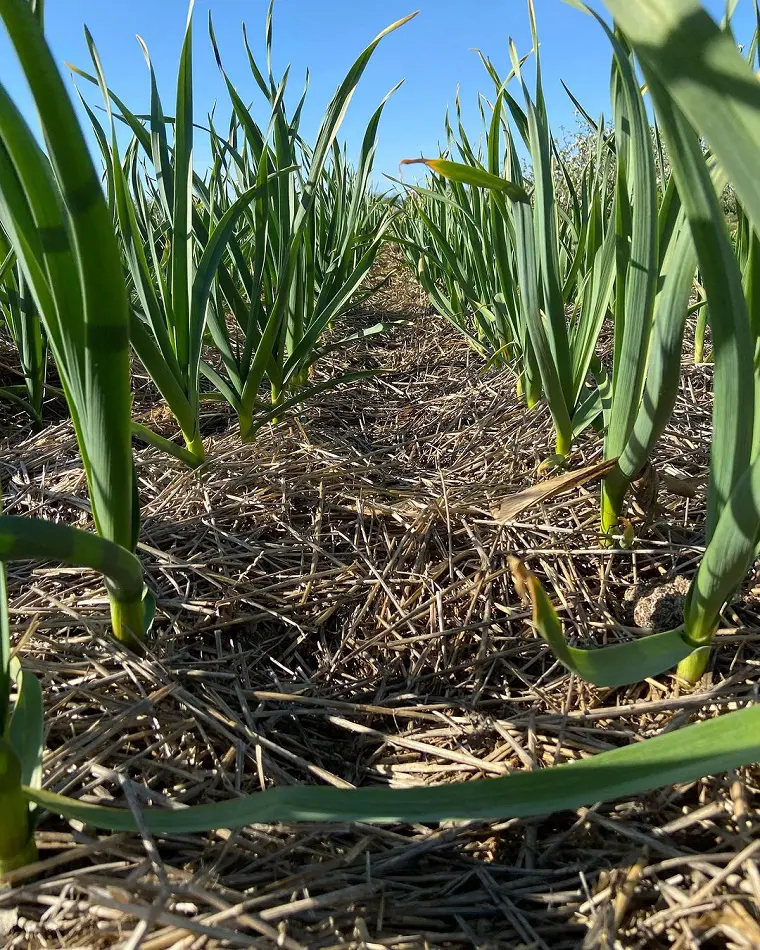
December is the time to establish plans, plan for the future year, and create a planting timetable. Even though there are many holidays in December, which is typically thought of as the midst of the winter season, some vegetables can still be planted in gardens.
To make December useful, you will require a greenhouse or covered area for planting seeds without the risk of them going bad due to the unforgiving cold. Here are some vegetables to consider for December.
Mustard Greens: Mustard greens start growing as the temperature increases. The seed germinates in 5–10 days, which can be harvested in 21–45 days. The young leaves of mustard greens are used to serve different dishes like soups, salads, etc.
Garlic: December is also the ideal time to grow garlic. There are proper ways to grow garlic. It establishes its roots during the winter months, which provide robust, flavorful bulbs the following summer.
Lamb’s lettuce: Lamb’s lettuce, which is called mache or corn salad, is grown in an unheated greenhouse. The plant germinates around 2-3 weeks. It is harvested as the leaves become large. After 5-6 months, enjoy the freshly picked leaves after growing in colder months.
Other vegetables and herbs to consider sowing in December include:
- Winter Gem' lettuce (Indoors)
- Lamb’s lettuce (Indoors)
- Mustard greens (Indoors)
Recent posts
Gardening
Gardening
How To Grow Grass From Seed? Planting And Caring Guide
Growing grass seems like an easy task. But the ones who are already into it know how much work and patience is required for its maintenance, to transform the outdoor space into a lush, green oasis. For beginners who are starting from scratch or someo...
Gardening
How To Grow, Plant And Care Milkweed From Seed
Planting milkweed from seed is one of the most satisfactory practices. It not only adds value to your garden aesthetics but also contributes essential instinct pollinators, including monarch butterflies. Many milkweed seeds germinate best when expos...
Gardening
18 Rose Colors And Their Meanings
Roses are not only elegant flowers but they also represent something more profound. Every color of a rose has its special meaning, making it a powerful tool when it comes to conveying messages in personal relationships and occasions. Ranging fr...
Gardening
How To Prune Hydrangeas So That It Stays Healthy
The name hydrangea conjures clusters of flowers packed densely. Hydrangeas can grow in both old and old wood, and depending on the varieties, pruning time may differ. Pruning hydrangeas is a fundamental practice for gardeners wanting to maintain thei...
Gardening
How To Prune Roses With These 10 Steps
Pruning these thorn-filled plants might seem scary, but it's crucial for having abundant rose blooms. Cutting back old growth encourages new, vibrant growth, removes dead parts, and shapes the plant. This practice also reduces the risk of fungal dise...
Gardening
12 Effective Mosquito Repellent Plants to Keep Your Yard Bug-Free
Most of us are fond of insects, perhaps not all of them! Mosquitoes for instance are not considered even likable by many. Their buzzing sound is bothering and all of us wish them to stay away from our home and surroundings. To deter them, different f...

